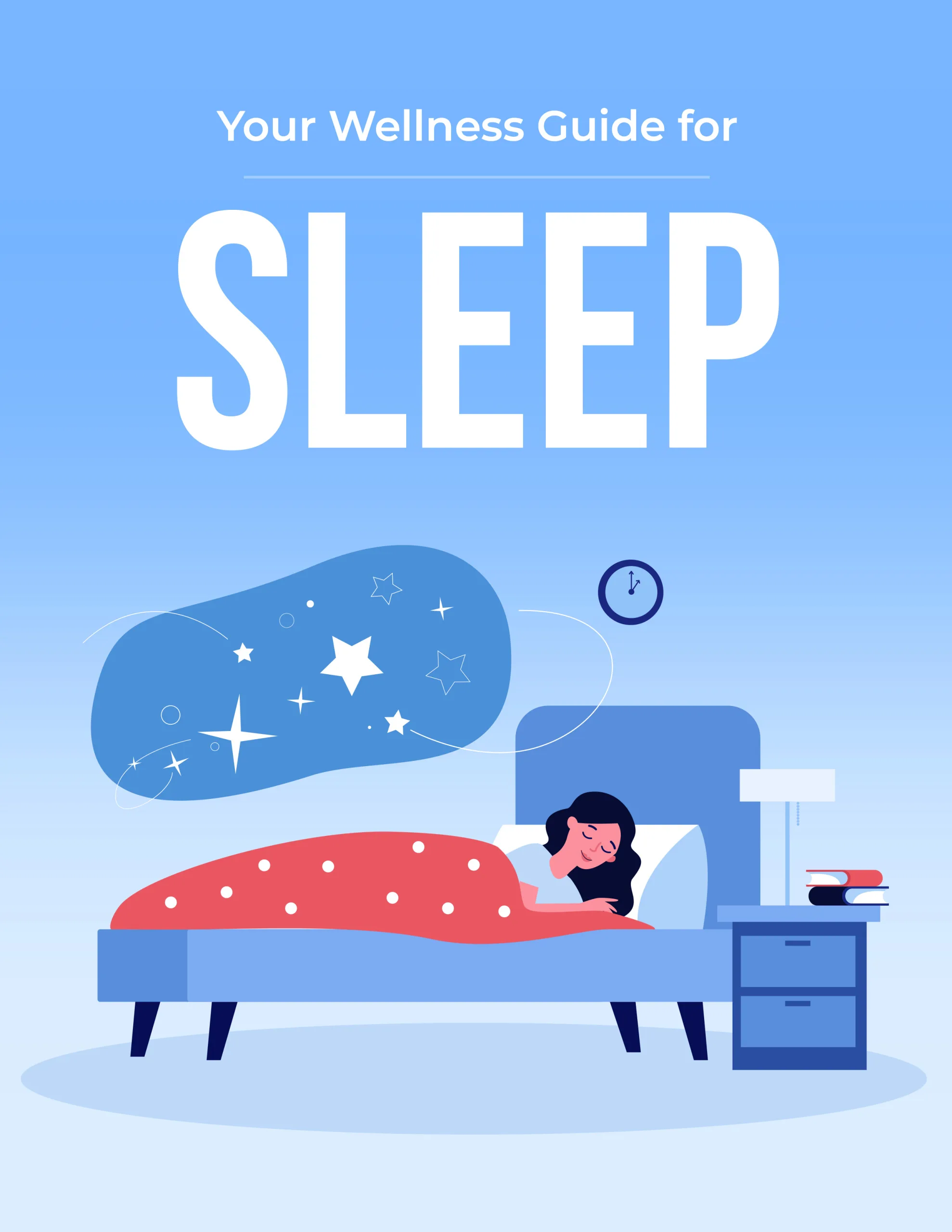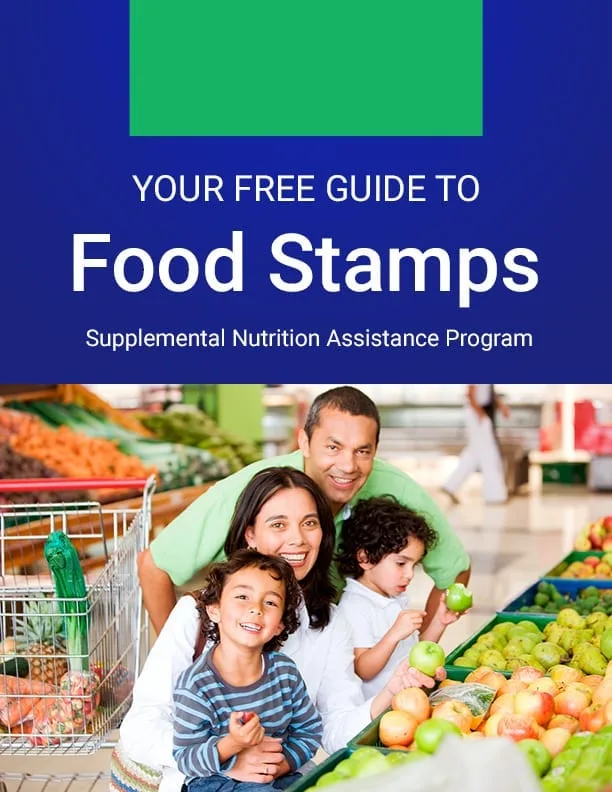Your Free Guide to Prescription Discounts
u003cbu003eDisclaimer:u003c/bu003eu003cspan style=u0022font-weight: 400;u0022u003e This guide is for informational purposes only and does not guarantee any specific outcomes. Always consult your doctor, pharmacist or other health care provider regarding prescription medications.u003c/spanu003e
Your Free Guide to Prescription Discounts
We are privately owned and not affiliated with the government in any way or form.
Prescription medicines can be a big part of staying healthy, but they can also be very expensive. Many people worry about how to afford the medicines they need, especially if they don’t have insurance or their insurance doesn’t cover everything.
The good news is that there are ways to save money on prescriptions. One of the best tools for saving is something called a prescription discount. These discounts can help lower the cost of necessary medications so you can focus on feeling better instead of stressing over prices.
This guide is designed to explain how to find and use prescription discounts to save money at the pharmacy. Whether you have insurance or not, you can often use discounts to make your medicines more affordable. Keep reading to learn more about where to find discounts and how they work to lower the cost of prescriptions.
What Is a Prescription Discount?
A prescription discount is a way to lower the price of prescription medicines. These discounts are usually available through special programs, cards, or apps that allow you to pay less at the pharmacy.
Prescription discounts are not the same as health insurance. With insurance, you often have to meet a deductible or pay a set amount called a copay. But with prescription discounts, you don’t need insurance at all. In fact, many people find that these discounts save them more money than insurance!
For example, some discount programs work with pharmacies to negotiate lower prices. Others give you access to coupons or special deals from the companies that make the medicines. No matter how they work, the goal is the same: to help you save money on the medicines you need.
These discounts can be used for many types of medicines, including brand-name drugs and generic versions. Some programs might even help with pet prescriptions. If you take the time to learn about these discounts, you could save a lot of money and make sure you never skip a dose of your medication due to high costs.
Combatting The High Cost of Prescriptions
Prescription costs in the United States are some of the highest in the world, and this trend has continued to put a strain on individuals and families. The reasons for high medication prices are complex. They include factors like:
- The cost of research and development for new drugs;
- The lack of generic alternatives for certain medications; and
- The way the pharmaceutical industry sets pricing.
For many people, these high costs create significant challenges. Studies have shown that some individuals choose to skip doses, split pills, or avoid filling prescriptions altogether because they simply can’t afford them. This is particularly true for seniors and people with chronic illnesses, who often require multiple medications to manage their health.
Although health insurance can help cover some of these costs, it doesn’t always provide enough relief. High deductibles, limited formularies (the list of drugs covered by a plan), and tiered pricing often leave patients with substantial out-of-pocket expenses. For those without insurance, the situation can be even more dire, as they must pay the full price for their prescriptions.
Prescription discounts have become a vital solution to this growing problem. They provide a practical way to counteract the rising costs of medications, ensuring that more people can afford the treatments they need. While these programs can’t solve the systemic issues driving high prices, they offer immediate relief for millions of individuals across the country.
The Benefits of Prescription Discounts
Prescription discounts can make a big difference for people struggling to afford their medications. One of the most significant benefits is the immediate reduction in out-of-pocket costs.
For those without insurance, discounts provide a way to access medications that might otherwise be unaffordable. Even for individuals with insurance, these programs can sometimes offer better prices than what their insurance plan covers, particularly for generic drugs or medications with high copays.
These discounts can also help improve medication continuation. When people can afford their prescriptions, they are more likely to take them as prescribed, leading to better health outcomes and fewer complications. This is especially important for individuals managing chronic conditions like diabetes or heart disease, where skipping doses could have serious consequences.
For seniors, who are often on fixed incomes, prescription discounts can help stretch their budgets further. The ability to save on medications means they have more money available for other essentials like groceries or utilities. Overall, these programs give people peace of mind, knowing that the cost of their medications doesn’t have to be an overwhelming burden.
How Prescription Discounts Work
Prescription discounts work by reducing the price you pay for medications at the pharmacy. These programs help bridge the gap between what a medication costs and what you can afford. Here’s a closer look at how they work:
- Partnerships with Pharmacies: Discount programs work with pharmacies to negotiate lower prices for medicines. This means that when you use a discount card or app, the pharmacy charges you the discounted price instead of the full price.
- Special Deals from Manufacturers: Some discount programs offer coupons or savings directly from the drug manufacturers, helping you save on expensive brand-name drugs.
- Available to Everyone: Most prescription discount programs are open to anyone. You don’t need insurance, and there’s no cost to sign up for many of these programs.
Health Insurance vs. Prescription Discounts
Understanding the differences and interactions between health insurance and prescription discounts is key to saving the most money on medications. While both options can reduce the cost of prescriptions, they work in very different ways and serve different purposes.
How Health Insurance Covers Prescriptions
Health insurance typically covers medications as part of a prescription drug benefit. When you fill a prescription, your insurance plan pays part of the cost, and you are responsible for the rest, which is known as a copay or coinsurance.
However, the amount you pay depends on several factors:
- Formulary: Insurance plans have a list of covered drugs, called a formulary. Medications not on the formulary may not be covered or could cost significantly more.
- Tiers: Many plans group drugs into pricing tiers. Generic drugs are usually the cheapest, while brand-name and specialty drugs cost more.
- Deductibles: Some plans require you to pay a certain amount out-of-pocket each year before insurance starts covering prescriptions.
How Prescription Discounts Work Alongside Insurance
Prescription discounts operate independently of health insurance. They provide a discounted cash price for medications, which you pay directly at the pharmacy. These discounts are often based on agreements between discount providers and pharmacies or manufacturers, bypassing the need for insurance altogether.
You can typically choose to use either your insurance or a prescription discount when filling a prescription, but not both at the same time. This makes it essential to compare prices to determine which option saves you the most money. For example:
- Lower Price with a Discount: If your insurance copay is $30 but a prescription discount offers the same drug for $15, you can use the discount instead.
- Exclusions and Restrictions: If your insurance doesn’t cover a certain drug, a discount may allow you to purchase it at a reduced price.
When to Use Prescription Discounts Instead of Insurance
There are several scenarios where using a prescription discount might be more beneficial than relying on insurance:
- High Deductible Plans: If you haven’t met your deductible, you might be paying full price for prescriptions under your insurance. A discount could offer a lower price.
- Non-Covered Medications: Some drugs may not be included in your insurance plan’s formulary. A discount can make these medications more affordable.
- Generic Medications: Prescription discounts often offer very low prices on generics, sometimes even lower than insurance copays.
- Pet Medications: Discounts can be used for pet prescriptions, which aren’t covered by health insurance.
Limitations to Keep in Mind
While prescription discounts can be a powerful tool, there are a few limitations to consider. If you use a discount instead of insurance, the amount you pay won’t count toward meeting your deductible. This means paying more for other health services and medications throughout the year until that deductible is met.
Also, not all pharmacies accept all discount programs, so you may need to check ahead of time. This may be an inconvenience for folks who do not have a variety of pharmacy options near them. And keep in mind that discounts may not apply to certain specialty drugs, which are often very expensive.
Maximizing Savings
To get the most out of both health insurance and prescription discounts, it’s important to compare your options every time you fill a prescription. Many discount apps and websites make it easy to see the price differences between using a discount and insurance. Additionally, asking your pharmacist for advice can help you determine which option is best for your specific situation.
Where to Find Prescription Discounts
There are many sources for prescription discounts, ranging from apps and websites to pharmacy-specific programs. It may be a good idea to look into more than one discount program so you can compare and see which one works for you and your needs.
Here are some of the most popular pharmacy discount options out there.
GoodRx
GoodRx is one of the most widely used prescription discount programs. It provides free coupons for medications at thousands of pharmacies nationwide. Simply search for your medication on the GoodRx app or website, choose the best price, and show the coupon at the pharmacy to get the discount. Get more information about GoodRx on its website here: https://www.goodrx.com/
SingleCare
SingleCare is another free program that can offer significant savings. Like GoodRx, it provides coupons that you can use at major pharmacies. SingleCare also partners with specific employers and health plans to expand its offerings. Find out more about how SingleCare works here: https://www.singlecare.com/how-it-works
RxSaver
RxSaver is a user-friendly platform that helps you find discounts on both generic and brand-name drugs. It works similarly to GoodRx and SingleCare, allowing you to compare prices and use coupons at participating pharmacies. Find out more about RxSaver on the website here: https://www.rxsaver.com/
Blink Health
Blink Health lets you pay for prescriptions online at discounted prices and then pick them up at a local pharmacy. This unique model may be able to simplify the process for people who prefer to make their payments upfront. Learn more about Blink Health on its website here: https://www.blinkhealth.com/
Pharmacy-Specific Discount Programs
Some pharmacies offer their own savings programs:
- Walmart: Offers a $4 prescription list for certain generic medications. You can access the current list of medications on Walmart’s website here:
- Costco: Provides discounts through its Member Prescription Program. Keep in mind that you must be a Costco member to access this program. Browse the medications and respective discount prices on its website here:
Manufacturer Discounts and Coupons
Check the website of the company that makes your medication. Many pharmaceutical manufacturers offer coupons or savings programs for their products. These discounts can be particularly helpful for expensive brand-name drugs.
Nonprofit and Community Resources
Organizations like NeedyMeds and the PAN Foundation provide tools and resources to help people find free or low-cost medication programs. Local health clinics and charities may also have assistance programs for low-income individuals.
Tips for Using Prescription Discounts
- Sign Up for a Program: When you come across a discount program you are interested in, the first step is to sign up. You may need to download an app, print a discount card, or create an account online.
- Search for Your Medication: Use the program’s website or app to look up the medicine you need. If that medication is in the program’s system, you should be able to see the discounted price and pharmacies that you can use to purchase it.
- Show the Discount at the Pharmacy: Once you find a prescription, show the pharmacist your discount card or app at the pharmacy counter. If the discount is valid, you should be all set to pay the lower price.
Additional Tips for Saving on Medications
In addition to using prescription discounts, there are several other strategies you can use to try and lower the cost of medications. These options can often make a big difference, especially for those on tight budgets or managing chronic health conditions.
Switch to Generic Drugs
Generic medications contain the same active ingredients as brand-name drugs and work just as effectively. They are approved by the FDA and are often significantly cheaper. When your doctor prescribes a medication, ask if a generic version is available. If you’re already on a brand-name drug, check with your doctor or pharmacist to see if switching to a generic is an option.
Ask About Alternative Medications
Sometimes, there are less expensive medications in the same drug class that may be able to treat your condition just as effectively. Talk to your doctor about alternatives that might be more affordable without compromising your care.
Buy in Bulk
For medications you take regularly, buying a 90-day supply instead of a 30-day supply might be able to save you money. Many pharmacies offer discounts for larger quantities, and this approach can also save you trips to the pharmacy.
Consider Mail-Order Pharmacies
Mail-order pharmacies often provide lower prices for long-term medications. These services can be especially helpful for people managing chronic conditions, as they deliver directly to your home and often include bulk savings. Some insurance plans also partner with mail-order pharmacies for additional discounts.
Explore State and Federal Assistance Programs
There are government programs designed to help people afford their medications. Programs like Medicaid and Medicare can provide financial relief if you meet the qualifications of the program. Find out more about Medicaid on the website here (https://www.medicaid.gov/) or Medicare here (https://www.medicare.gov/).
Shop Around at Different Pharmacies
Pharmacy prices can vary significantly, even within the same neighborhood. Use prescription discount apps like GoodRx or SingleCare to compare prices across multiple pharmacies before filling your prescription.







